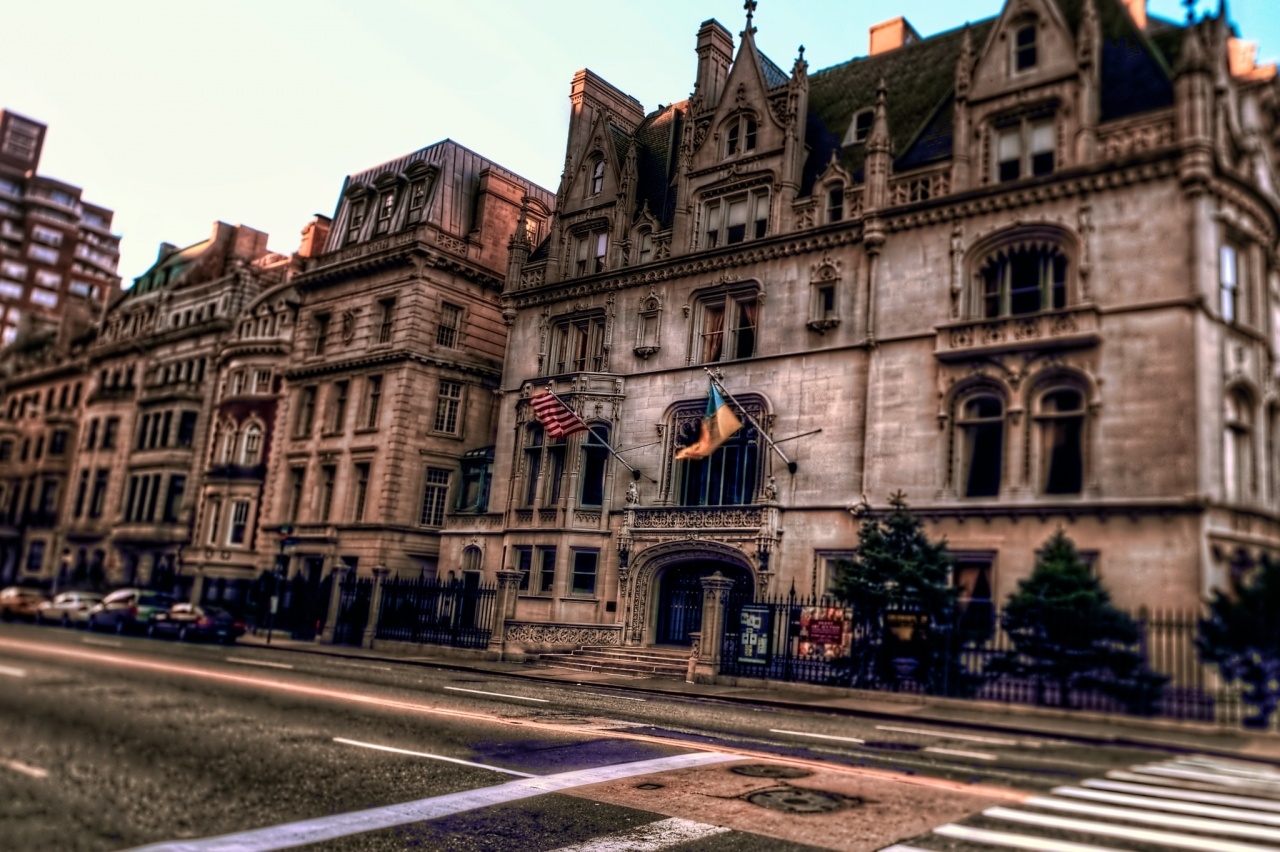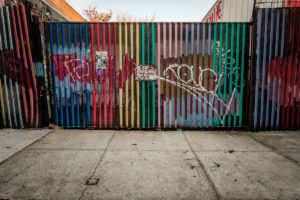The post title is from the first line of the Ukrainian National Anthem. I’m not Ukrainian, but having Polish heritage, I have an affinity for people who suffered from Russian and Communist oppression. Apart from the Russian people themselves, probably no people suffered as much from that tyranny as did the Ukrainians.
The Holodomor, which translates as killing by hunger, is the name given to the Ukrainian portion of the man-made Soviet famine of 1932-33. The famine was intentional and man-made. It was created by the Soviet government to murder peasant farmers who were resisting the collectivization of agriculture. Estimates vary, but reasonable sources range from 5.5 to 8 million total deaths, of whom 3.5 to 6 million murder victims were Ukrainian.
Walter Duranty of the New York times won a Pulitzer Prize for his reporting from the Soviet Union during this period, even though he was no more than a propaganda agent for the Soviet government. The New York Times statement regarding Duranty’s reporting is brutally honest, which is a credit to that organization. The Times statement acknowledges that Duranty falsely denied that people were starving, and even includes Duranty’s most infamous quote. When once Duranty acknowledged that, yes, collectivization was killing some people, he qualified that admission by excusing it with a horrific analogy:”But – to put it brutally – you can’t make an omelet without breaking eggs.” That the Pulitzer committee has refused to rescind Duranty’s award is damning to that organization, and a blight on the reputation of my alma mater, Columbia University.
The Ukrainian Institute, located at the corner of Fifth Avenue and 79th Street in Manhattan, describes itself as a “a nonprofit organization dedicated to promoting the art, music and literature of Ukraine and the Ukrainian diaspora.”
Like many people who fled from governmental oppression, Ukrainians have a strong love of liberty and individual freedom, which makes them natural Americans.
For more information, see The Black Book of Communism: Crimes, Terror, Repression and Execution by Hunger: The Hidden Holocaust
.



Chris Nitz
6 Apr 2011I really like this photo. I like the the processing, the framing, and LOVE the buildings. Fantastic shot man!
Chris Nitz recently posted..Medieval Peep Death
Viveca Koh
6 Apr 2011Shocking statistics, something I had never heard of before 🙁
Wayne Frost
6 Apr 2011You are fortunate to have so many buildings from different eras in Manhattan to capture in your images, Mark. Great blog post, it really enhances the images when we can learn some of historic story surrounding the objects we photograph.
Wayne Frost recently posted..The Loring Building
Hector Garza
6 Apr 2011I love the sharpness of the focused windows. The T-S effect looks awesome with your style of photography.
I would love to see a wide-angle photo of that building.
Liewilyn Baynosa
26 Apr 2011nice HDR
Pingback: Irish American Historical Society - Too Much Glass » Too Much Glass